Hi-Fi Hall of Fame
2025 Inductee
Audio Research SP-3 Preamplifier
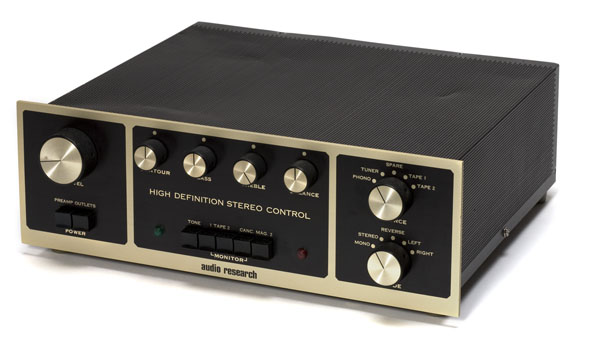
Introduction
Our next inductee is a vacuum tube powered preamplifier that helped to launch an iconic Hi-Fi brand: the Audio Research SP-3.
Let’s see why a preamplifier that is more than fifty years old belongs in the Hi-Fi Hall of Fame.
Audio Research Corporation (ARC)
Audio Research Corporation, or “ARC” as they are often known, was founded in 1970 by William Z. Johnson. Johnson started his Hi-Fi career by building custom equipment in the 1950s and managing a Hi-Fi retail shop in the 1960s.
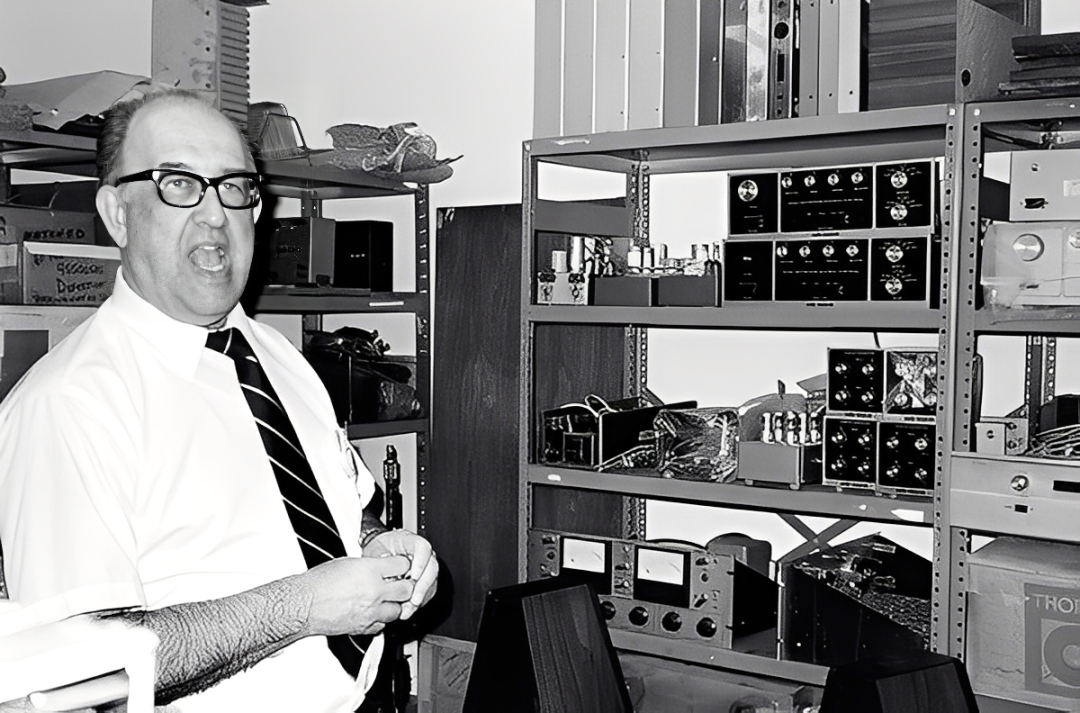
In the 1950s, all Hi-Fi equipment employed vacuum tube technology, because that was all that was available. That situation changed in the 1960s with the advent of transistorized “solid state” technology. Transistors had a number of technical advantages over tubes, and of course manufacturers could promote them as “new and improved” compared to tubes, which had been around for decades.
Johnson’s objective in founding ARC was to build the best sounding audio components, regardless of technology. By 1970, he had built and listened to a lot of equipment, and he believed he could build equipment that simply sounded better than what was out there at the time. He was agnostic about which technology was “better”, and in fact Audio Research equipment has been made using both tubes and transistors.
Johnson’s first few products all employed vacuum tubes, likely because it just wasn’t possible to get the best quality sound with those early solid state components. Tubes had been around for many years at that point, and it was possible to engineer amplifiers that exhibited low distortion, low noise, and suitable gain (amplification) to make a good amplifier.
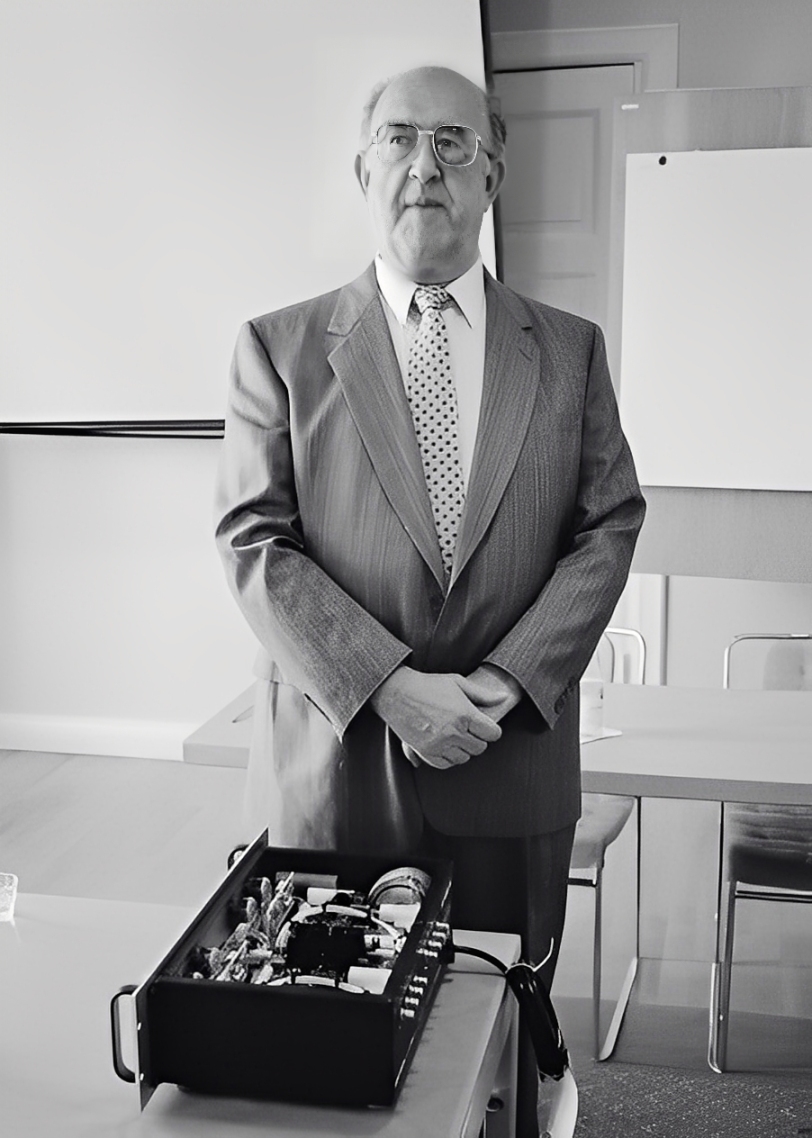
Some of ARC’s earliest products were modified versions of Dynaco amplifiers such as the “PAS” preamplifier and the “ST-70” power amplifier.
ARC introduced their first Audio Research-branded preamplifiers, the SP-1 and the SP-2, around 1970. The company also offered power amplifiers, such as the Dual 51 and the Dual 75, around the same time. But the product that really caught the attention of audiophiles and the media was the SP-3 Preamplifier, which was first introduced in 1972.
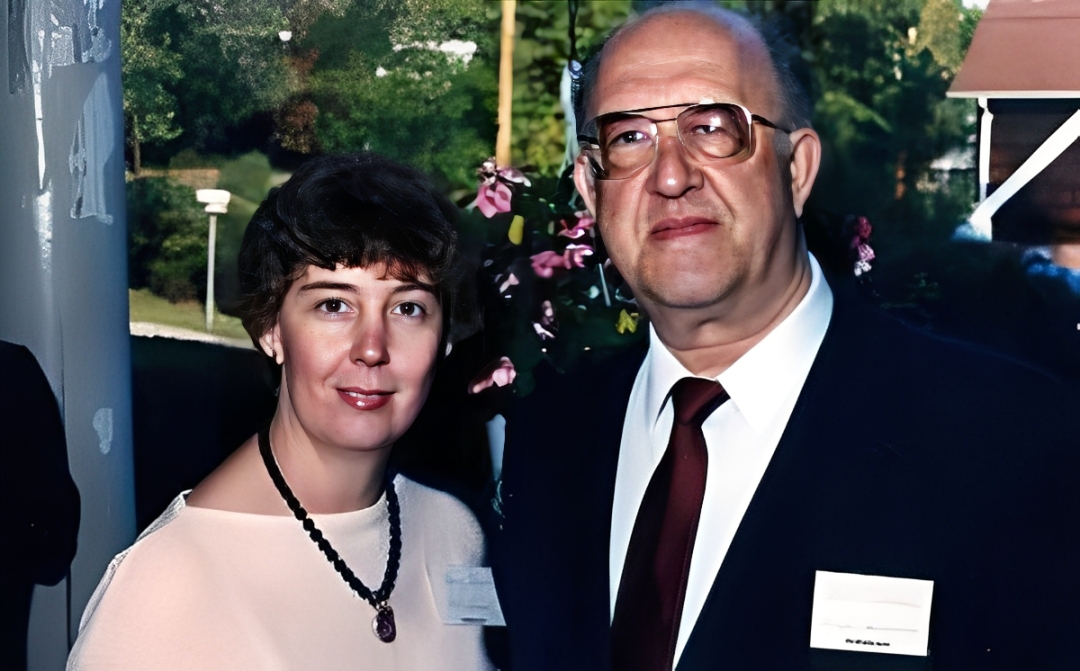
Audio Research SP-3 Preamplifier
The Audio Research SP-3, introduced in 1972, is widely regarded as one of the most important preamplifiers in the history of high end audio. At a time when solid state circuitry was rapidly taking over the hi-fi market, Audio Research went against the grain by embracing vacuum tube design, proving that tubes still had unmatched musicality and refinement. The SP-3 quickly established the company’s reputation and is often credited with launching the modern era of high end audio.
Technically, the SP-3 is a full function preamplifier with both line level and phono stages, using 12AX7 and 12AX7A tubes throughout. Its design prioritized low distortion, wide bandwidth, and high signal-to-noise ratio, bringing a new level of transparency and dynamics compared to most tube preamps of the era. Listeners were struck by its ability to combine the warmth and richness traditionally associated with tubes with unprecedented clarity and accuracy. The phono stage, in particular, earned praise for its quiet operation and exceptional musical realism at a time when vinyl playback was the dominant source.
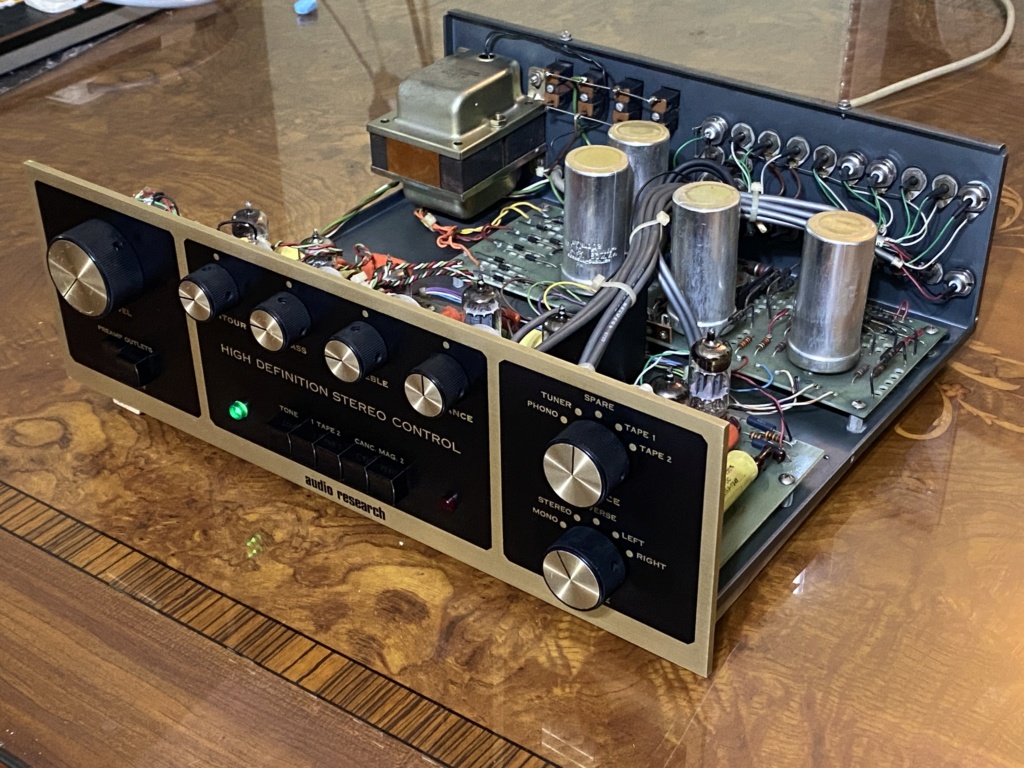
The SP-3’s physical design reflected Audio Research’s straightforward, no-nonsense approach: a large, rack-mountable chassis with brushed aluminum faceplate, toggle switches, and solid-feeling rotary controls. While utilitarian in appearance, it projected a sense of precision and seriousness that mirrored its sonic performance.
The SP-3 was reviewed by two respected audio magazines, the Absolute Sound and Stereophile, shortly after it’s release. The Absolute Sound commented that the SP-3 was “…the best sounding preamplifier available in America today.” Stereophile described it as a “straight wire with gain”, suggesting that it neither added nor subtracted anything from the sound passing through it.
Audio Research SP-3 Revised Versions
Over the years, the SP-3 went through minor revisions that refined circuit details without altering its essential character. Collectors and enthusiasts continue to value the original units not only for their historical importance but also for their enduring sound quality. Here’s a brief overview of the revised versions of the SP-3.
SP-3A (1974) and SP-3A-1 (1975)
The SP-3A and SP-3A-1 revisions involved some minor tweaks and upgrades, such as different resistor and capacitor products and placement of components. The SP-3A-1 also used a modified circuit board. It was available with a “natural” or black faceplate.
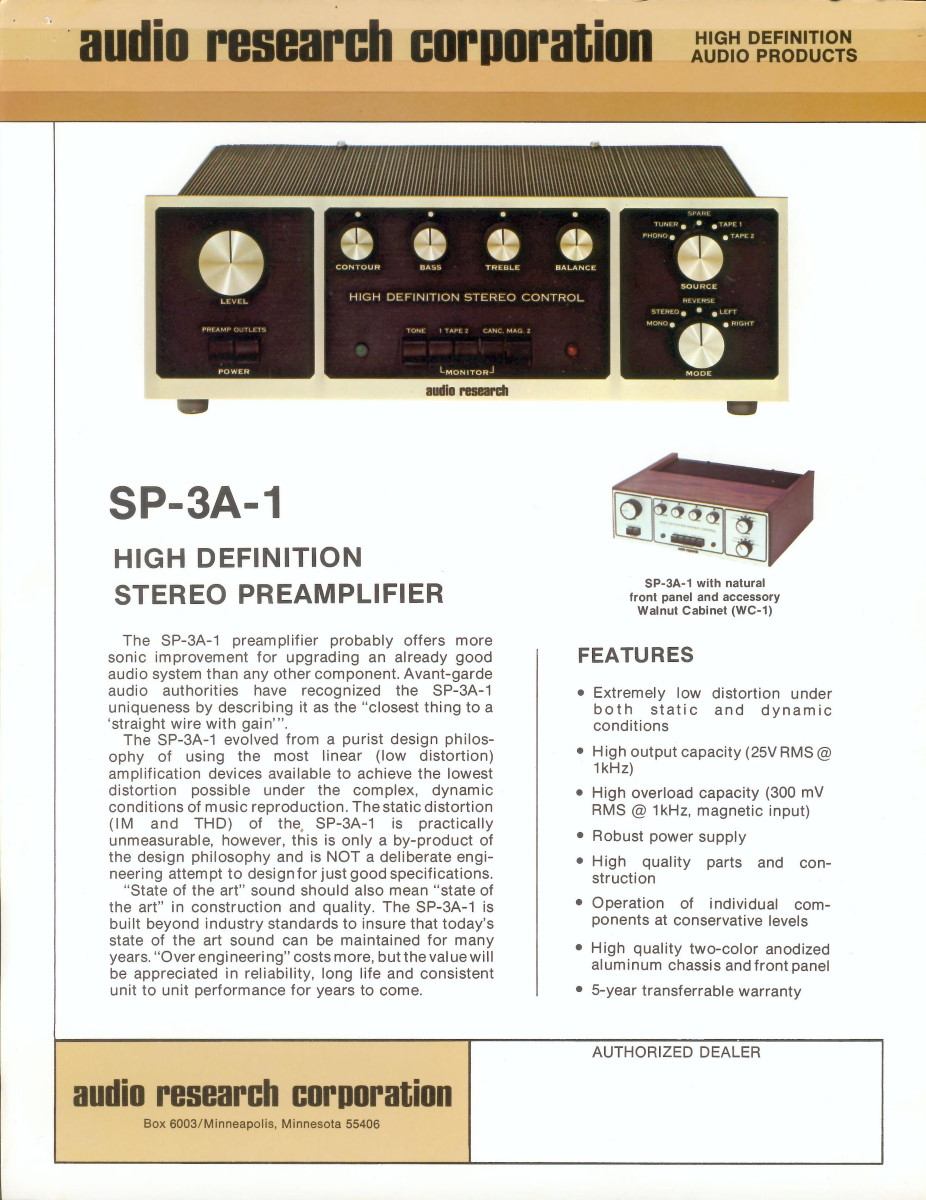
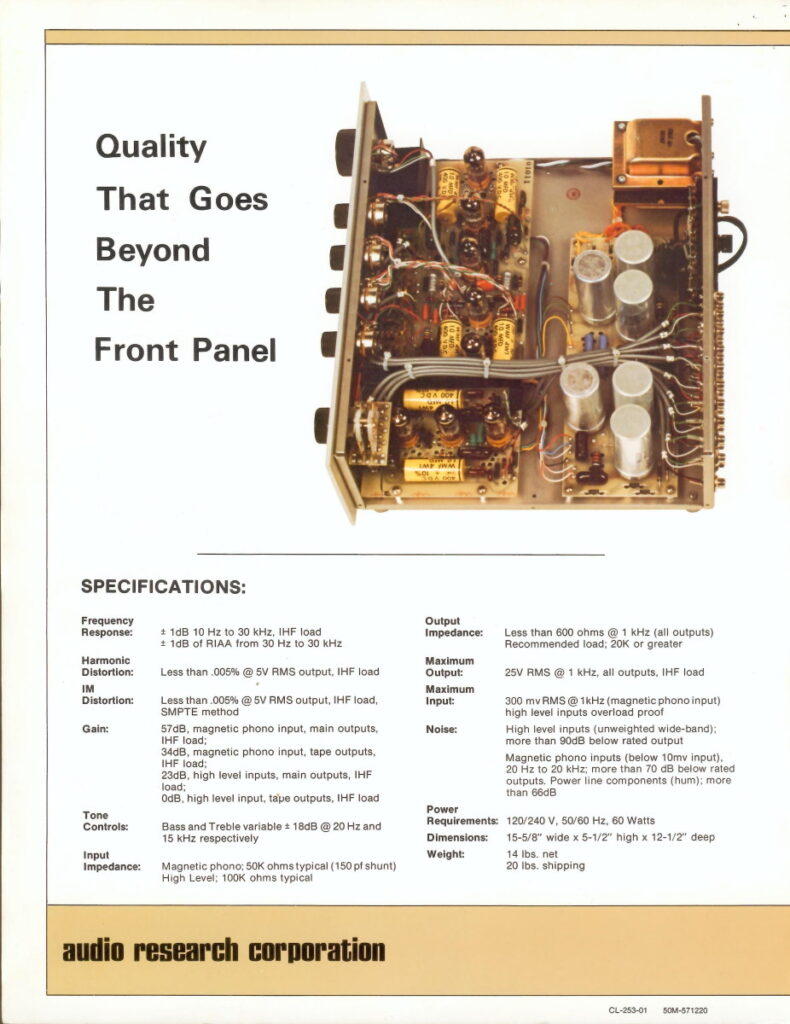
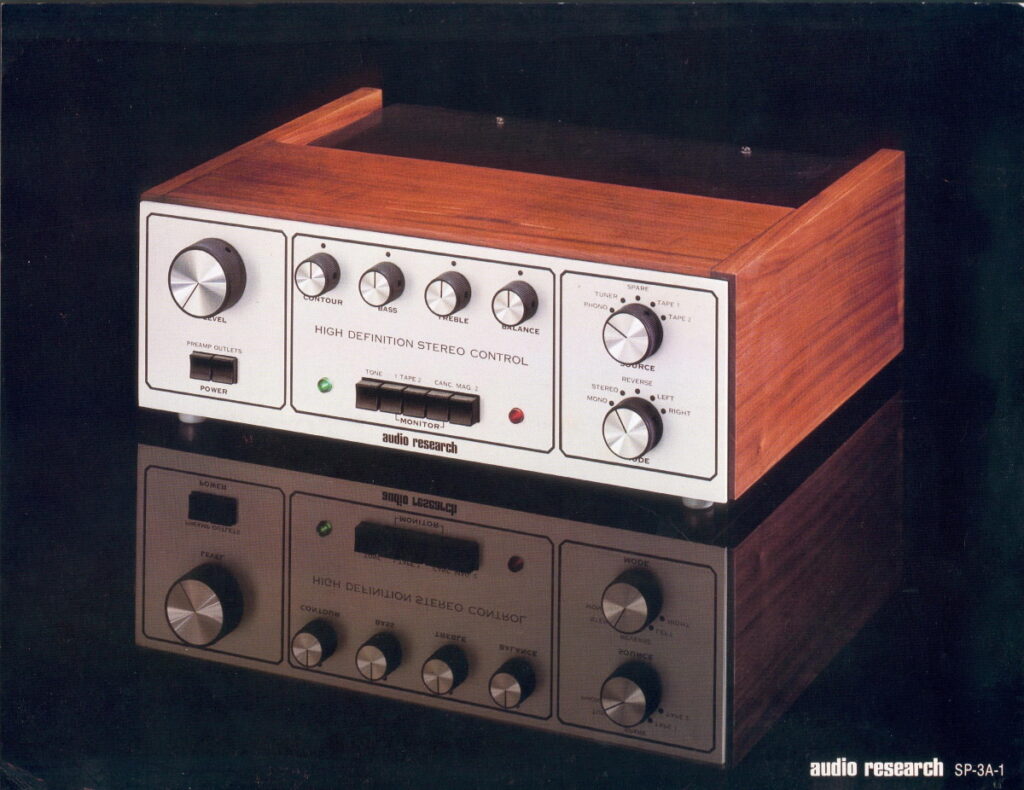
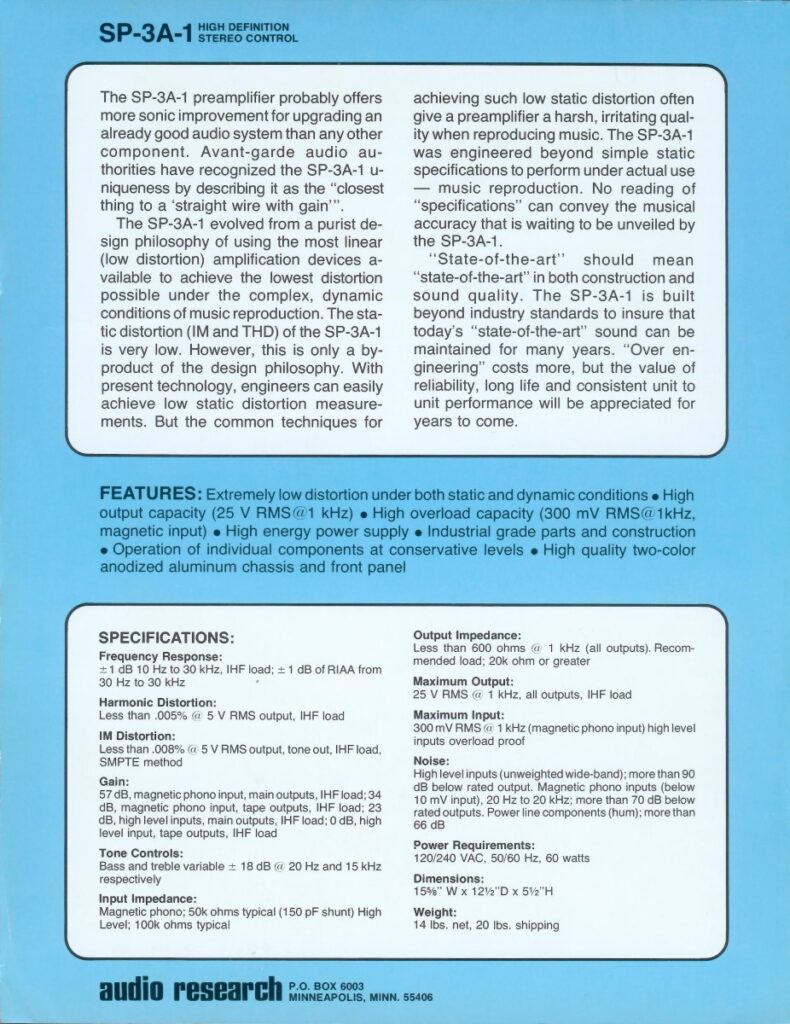
SP-3B (1978)
In 1978, six years after releasing the original SP-3, Audio Research released a new preamplifier, the model SP-6. As a courtesy to owners of the SP-3, Audio Research offered a factory upgrade that allowed the original SP-3 preamplifiers to be upgraded to “approach” the sound quality of the new SP-6.
Upgraded versions were known as model “SP-3B”, and included an improved power supply, controls, and other components. A new circuit board was installed, along with new connectors and tubes.
SP-3C (2001)
In 2001, Audio Research released another upgrade package for the original SP-3 preamplifier. This revision includes changes to the power supply, new gold plated connectors, and some circuit component replacements. Models with this upgrade are known as “SP-3C”.
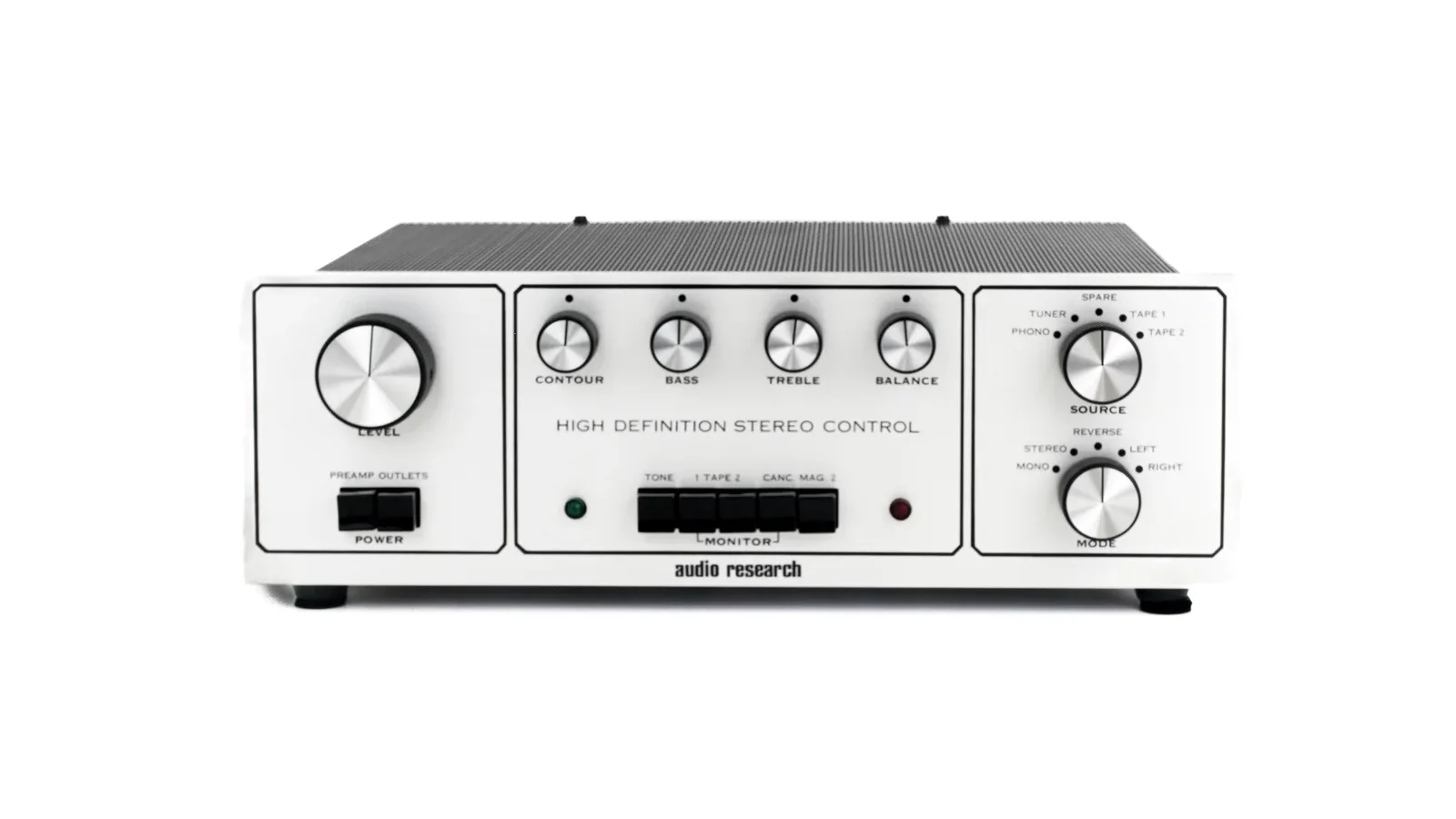
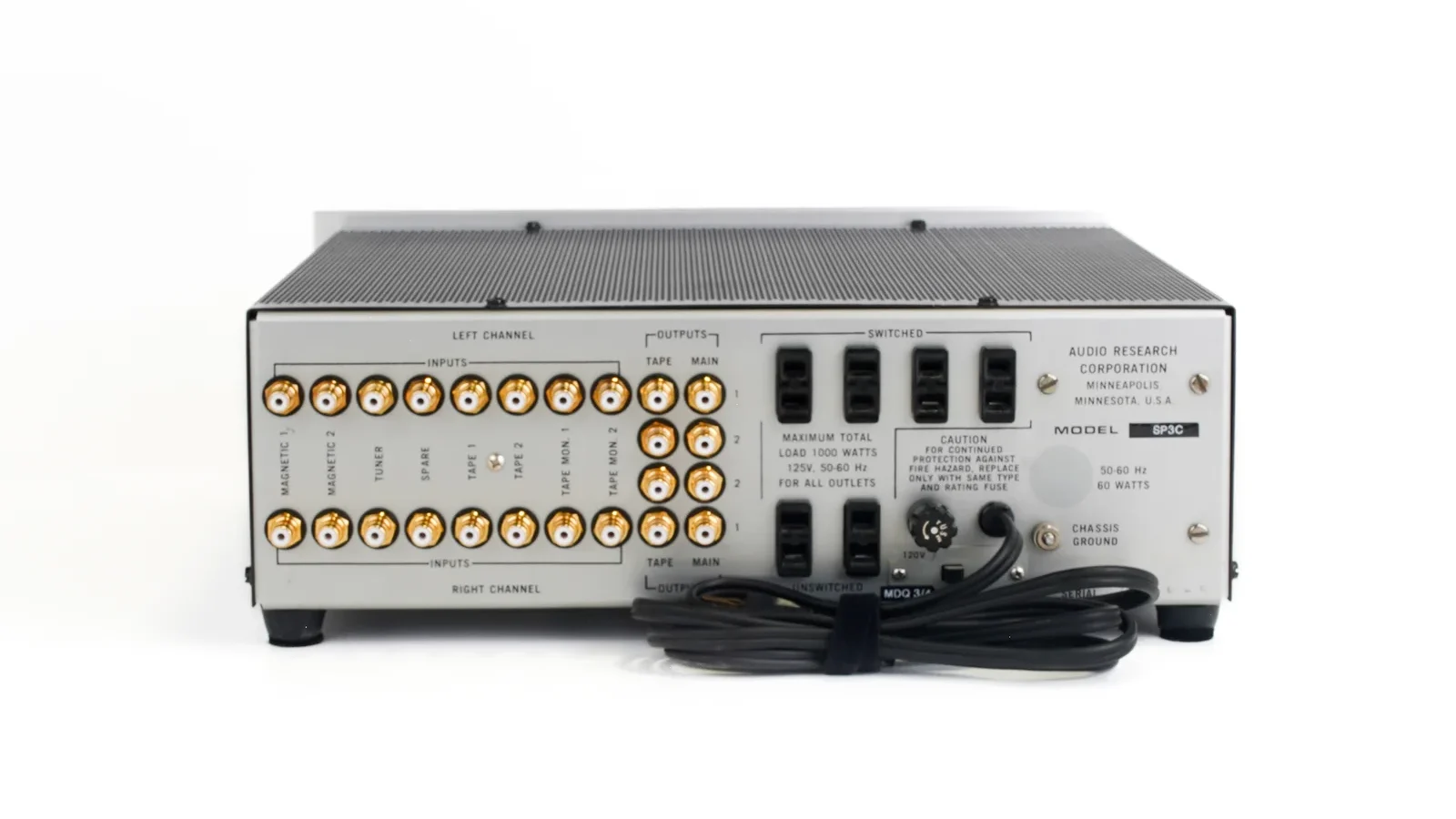
Audio Research Corporation Today
More than fifty years after the introduction of the SP-3, Audio Research Corporation is still going strong. The founder, William Johnson, passed away in 2011 but the new leadership has the same dedication to high end audio and continue to produce some superb Hi-Fi equipment.
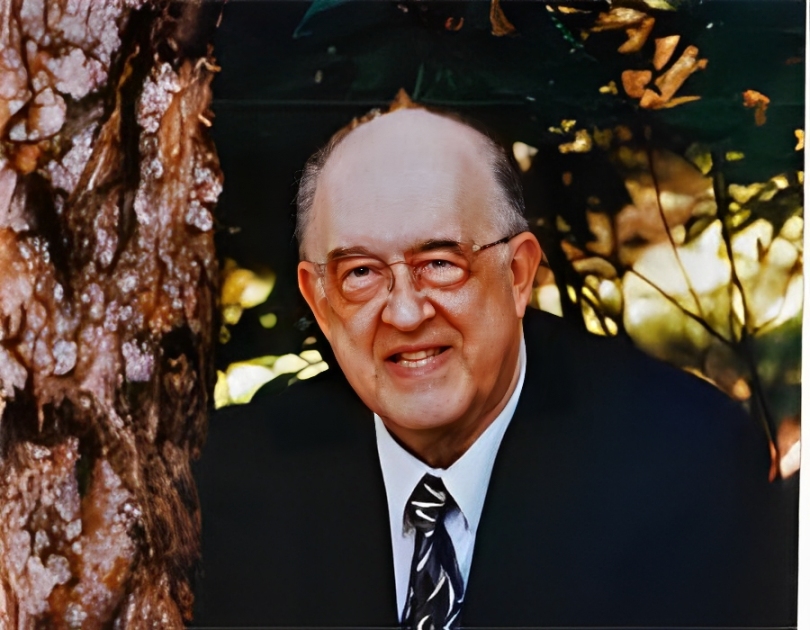
These days, ARC uses both vacuum tube and solid state components to build a small range of high end preamplifiers, power amplifiers, integrated amplifiers, phono stages, and a Digital-to-Analog Converter (DAC).
Some of their more noteworthy products are the massive 330M power amplifier, the dual chassis Reference 10 preamplifier, the eye catching I/50 integrated amplifier, and the hybrid DAC 9 digital-to-analog converter which combines a vacuum tube analog section with a state of the art digital converter.
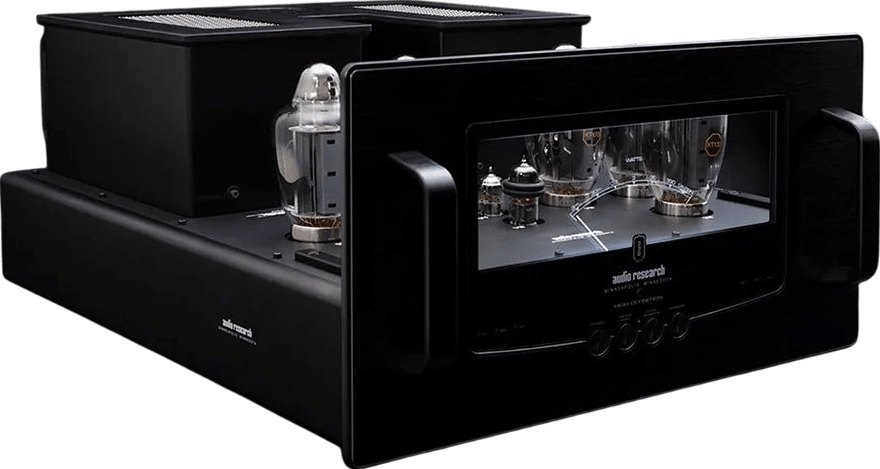
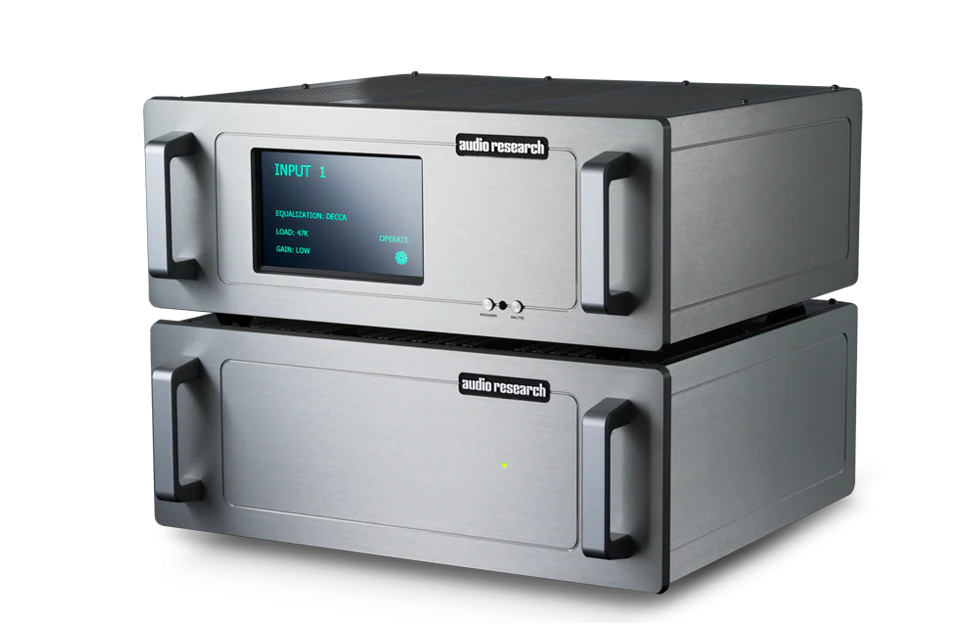
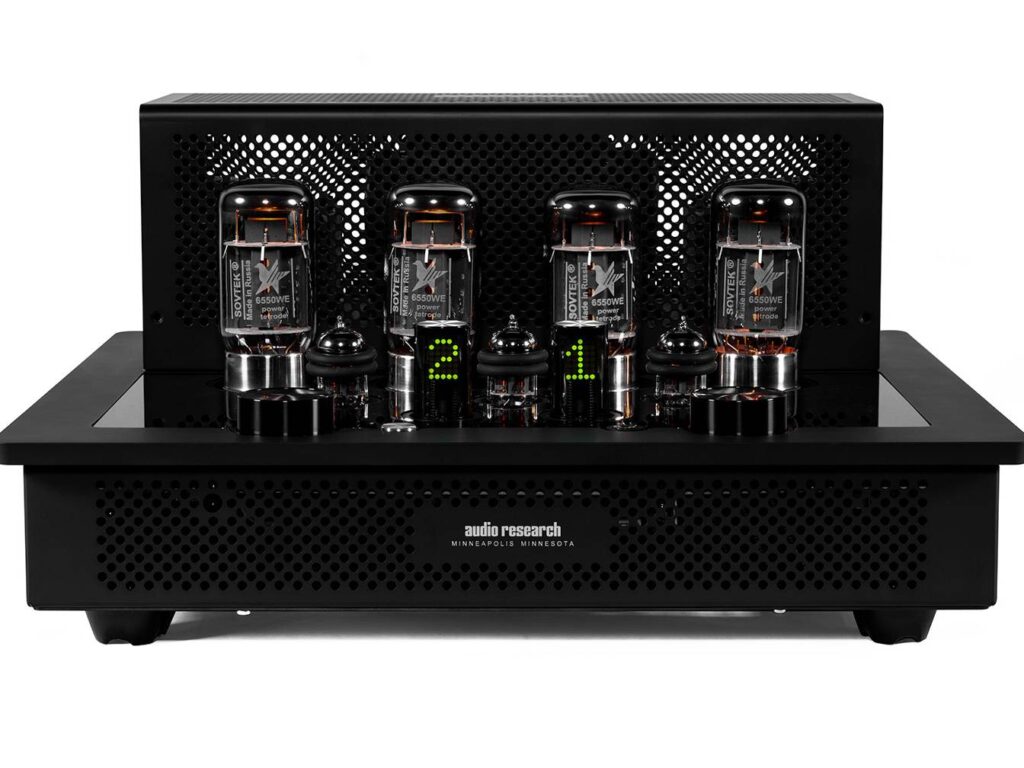
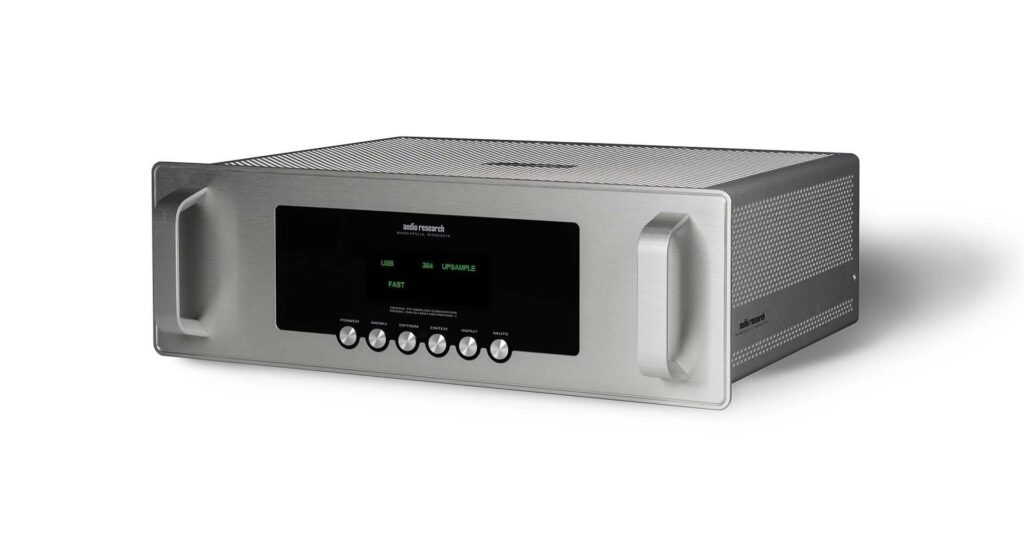
The modern successor to the original SP-3 is the “Reference 6” tube single stage preamplifier. Just like the SP-3, it’s a vacuum tube powered, single chassis preamplifier. This fully-balanced, Class-A design uses six 6H30 dual triode tubes in the audio circuit, featuring a powerful regulated power supply. It offers eight total inputs (four XLR, four RCA) and a 103-step digital volume control. Acclaimed for its neutral transparency, vast soundstage, and dynamic realism, it provides modern functionality while retaining the musical beauty associated with tube gear.
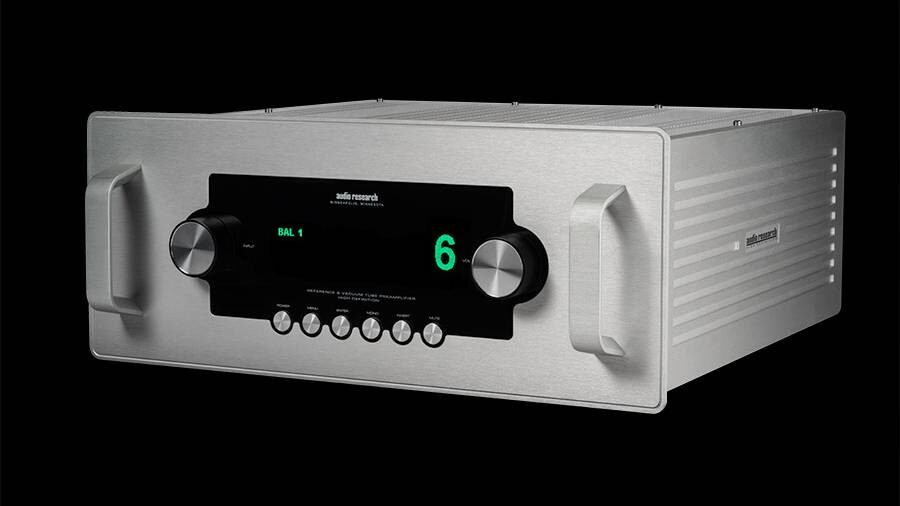
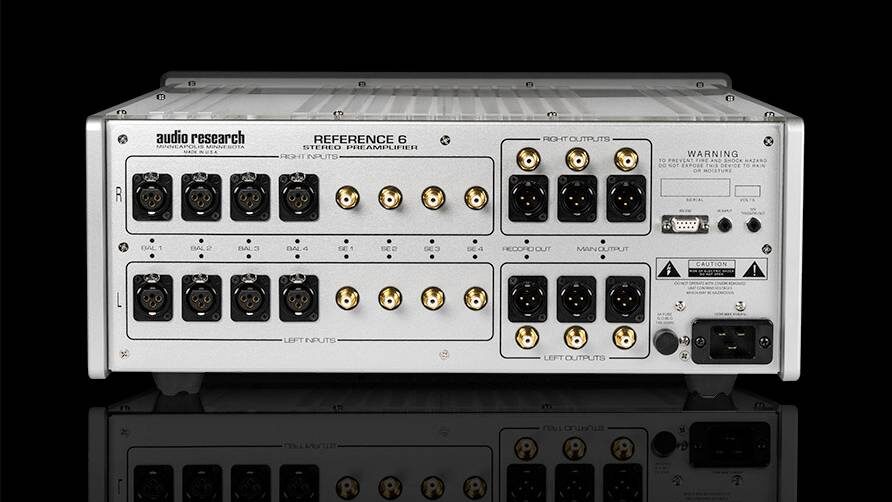
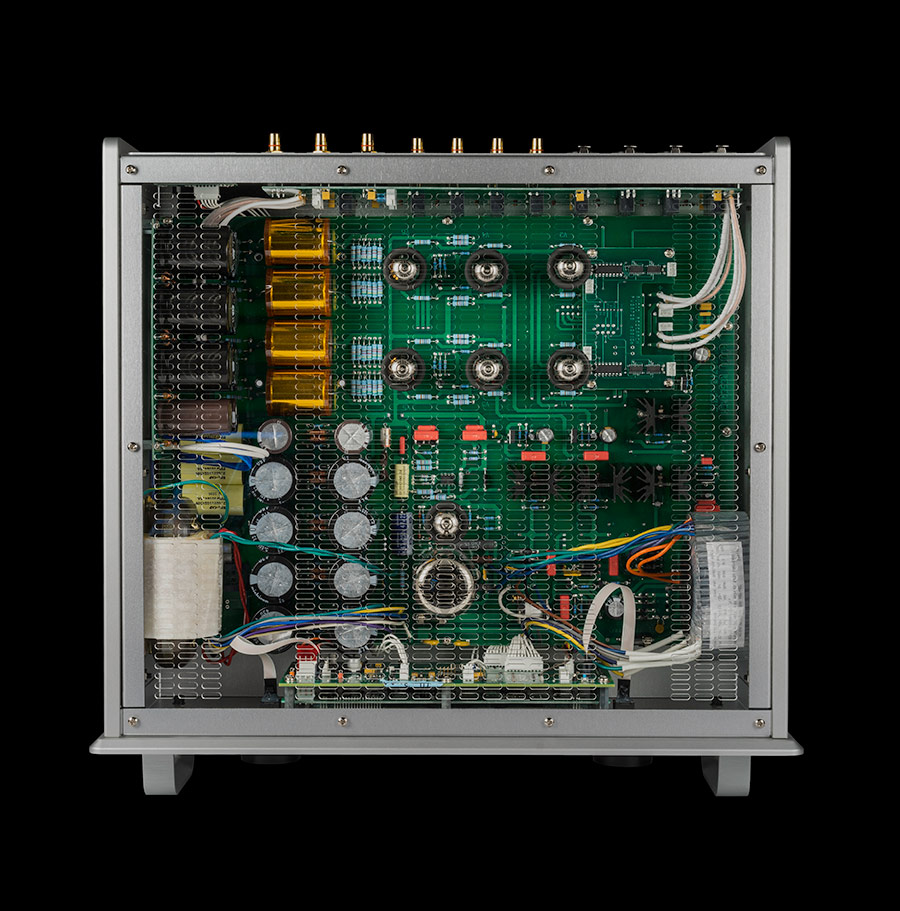
If you’d like to visit the Audio Research website, just click here.
Audio Research SP-3: Induction into the Hi-Fi Hall of Fame
The Audio Research SP-3 preamplifier deserves a place in the Hi-Fi Hall of Fame as one of Hi-Fi’s most influential and enduring components. Introduced in 1972, the SP-3 was not merely another preamplifier—it was a turning point in the evolution of modern high-end audio. At a time when solid-state designs were rapidly displacing vacuum tube equipment, the SP-3 boldly demonstrated that tubes still had unmatched potential for musicality, realism, and long-term listening satisfaction.
What set the SP-3 apart was its ability to combine technical excellence with emotional engagement. Its design, based on carefully optimized all-tube circuitry, delivered exceptional tonal balance, wide bandwidth, and an uncanny sense of three-dimensional soundstage. Reviewers and audiophiles alike were struck by its natural warmth, clarity, and dynamic authority. Unlike many tube designs of the past, the SP-3 was not colored or romanticized—it was accurate, yet musical, establishing a new benchmark for transparency.
The SP-3 also played a defining role in the emergence of the modern high-end audio movement. Audio Research, under the leadership of founder William Z. Johnson, helped to re-establish vacuum tube technology as a legitimate path to sonic excellence. The success of the SP-3 not only secured Audio Research’s reputation as a leading innovator, but also inspired a generation of audiophiles, designers, and competing manufacturers to take tubes seriously once again.
Its longevity further underscores its significance. Produced in various revisions throughout the 1970s, the SP-3 remained relevant and in demand for decades, a testament to its enduring performance and influence.
For its historical importance, technical achievement, and lasting contribution to the pursuit of musical truth, the Audio Research SP-3 preamplifier is inducted into the Hi-Fi Hall of Fame.

